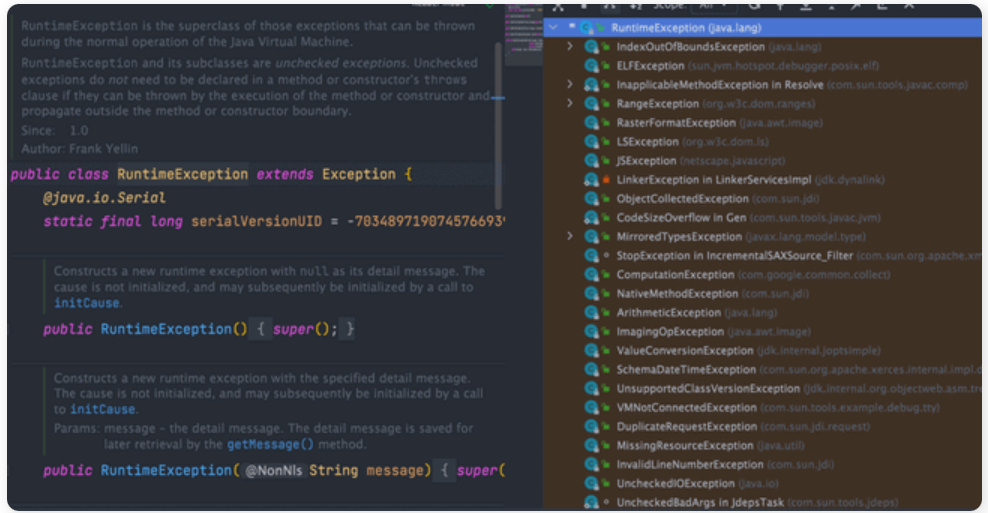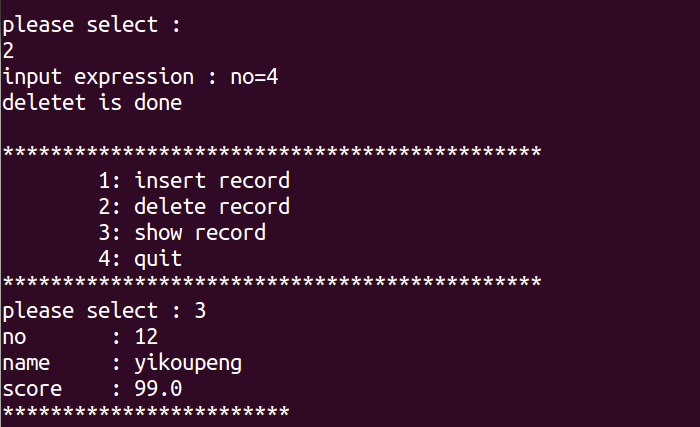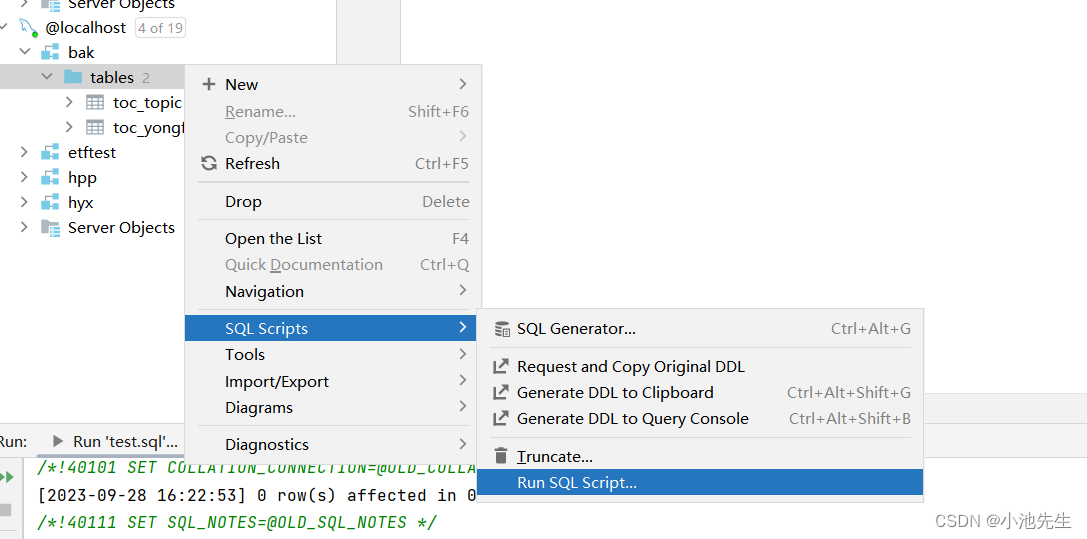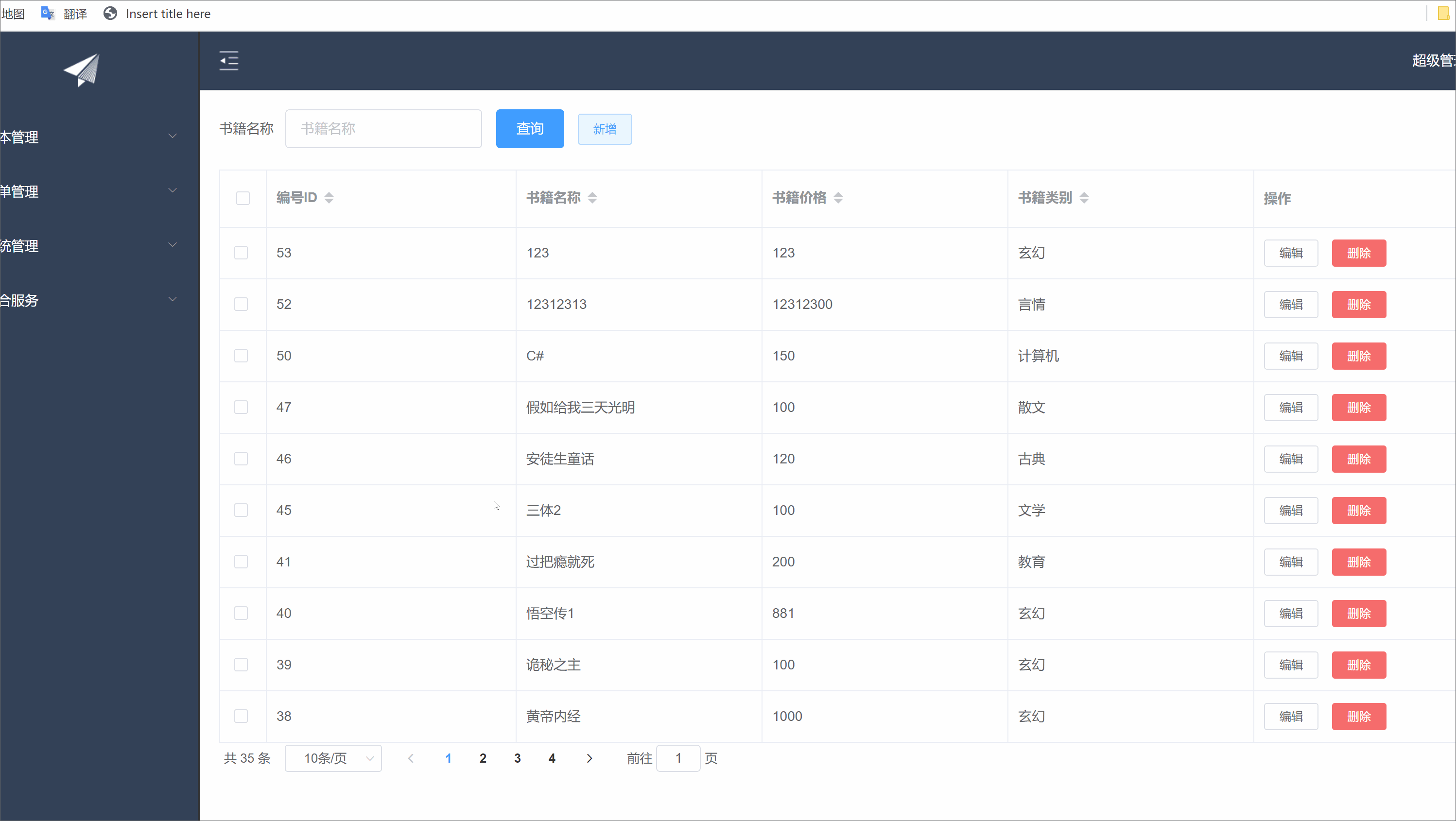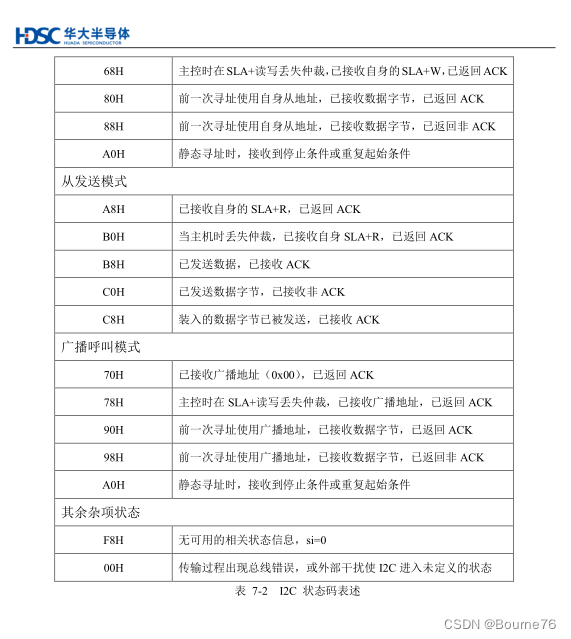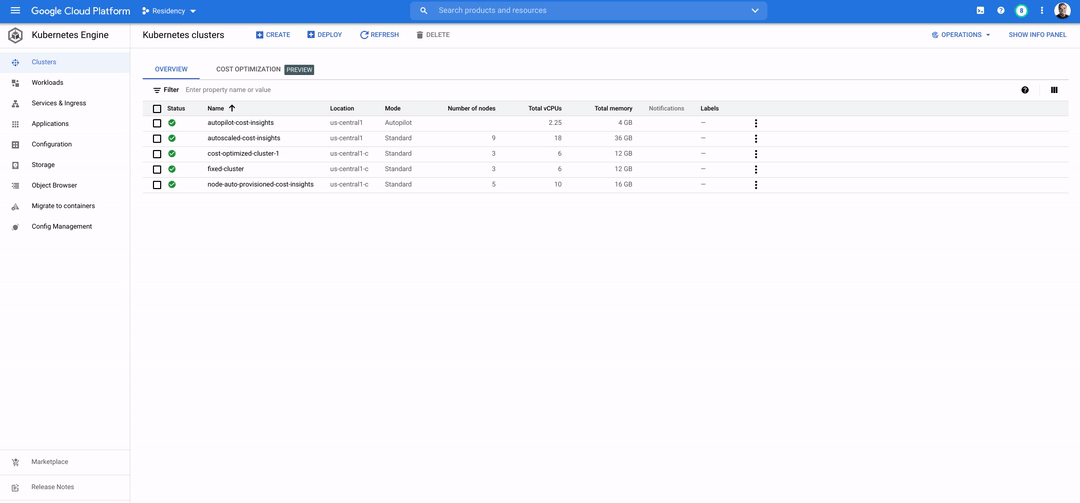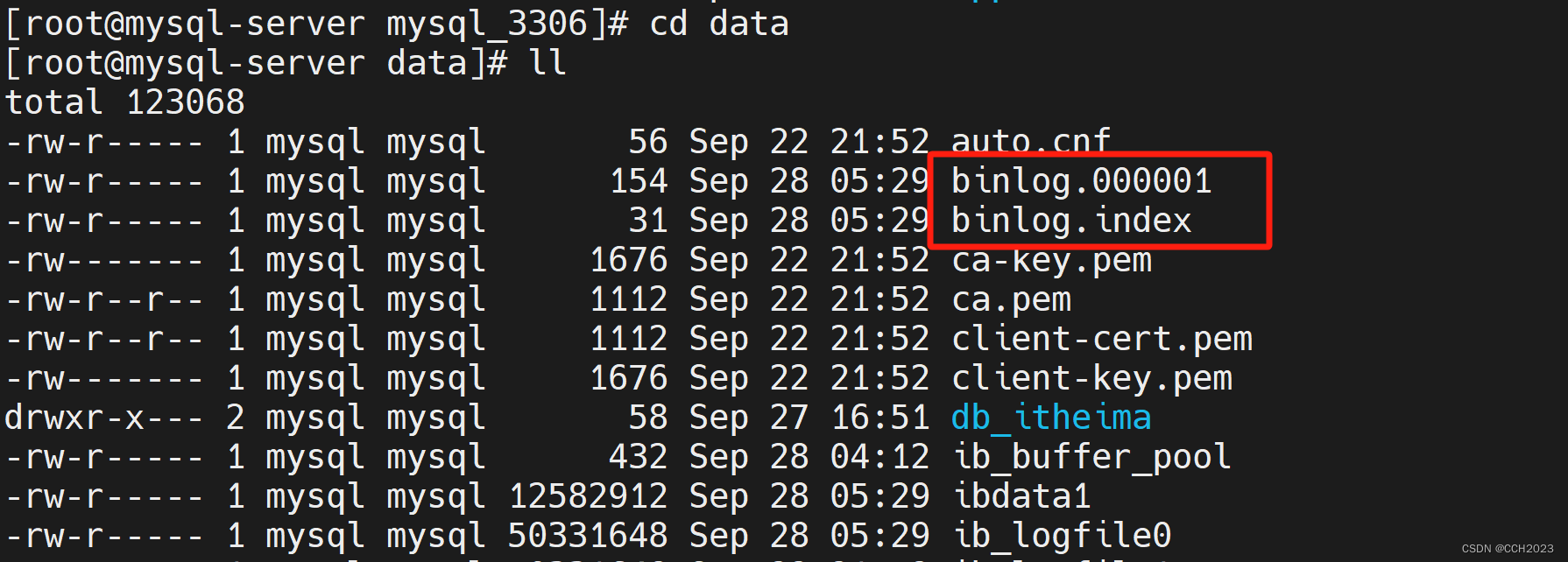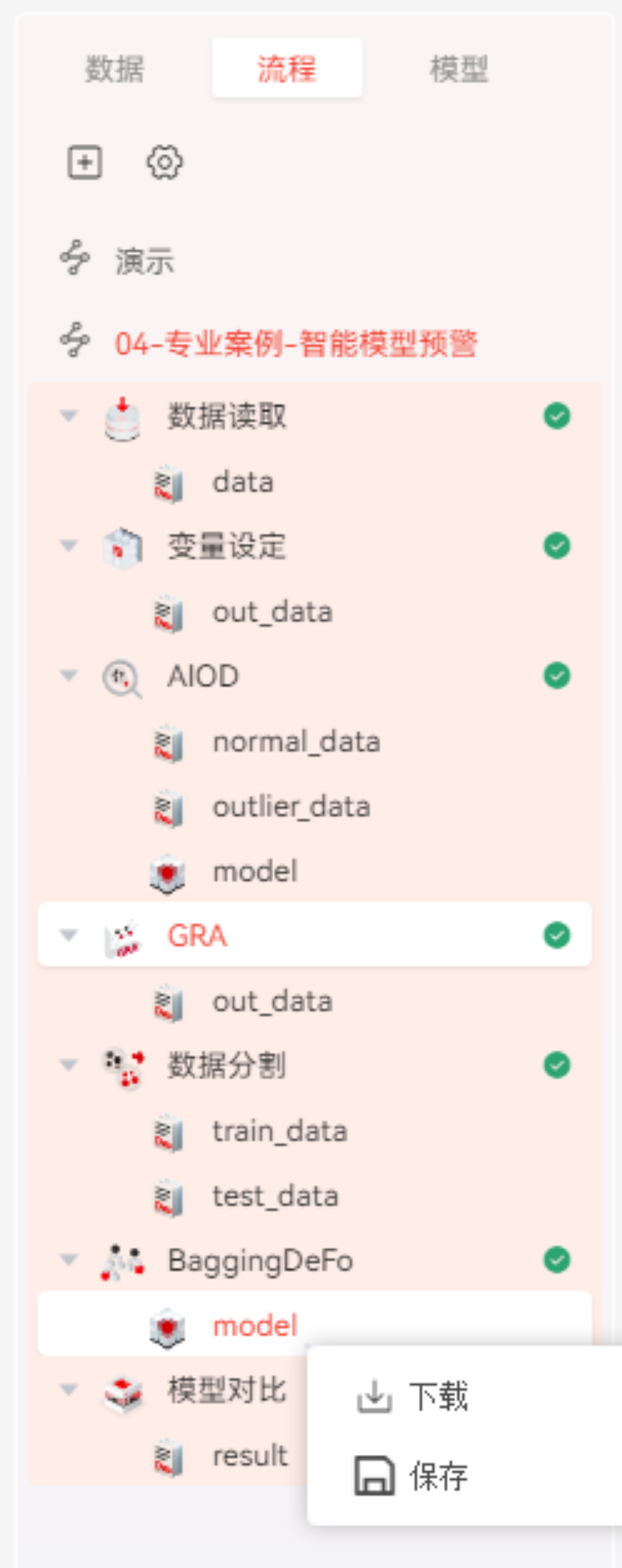DTW算法介绍
DTW(Dynamic Time Warping):按距离最近原则,构建两个序列之间的对应的关系,评估两个序列的相似性。
要求:
- 单向对应,不能回头;
- 一一对应,不能有空;
- 对应之后,距离最近。
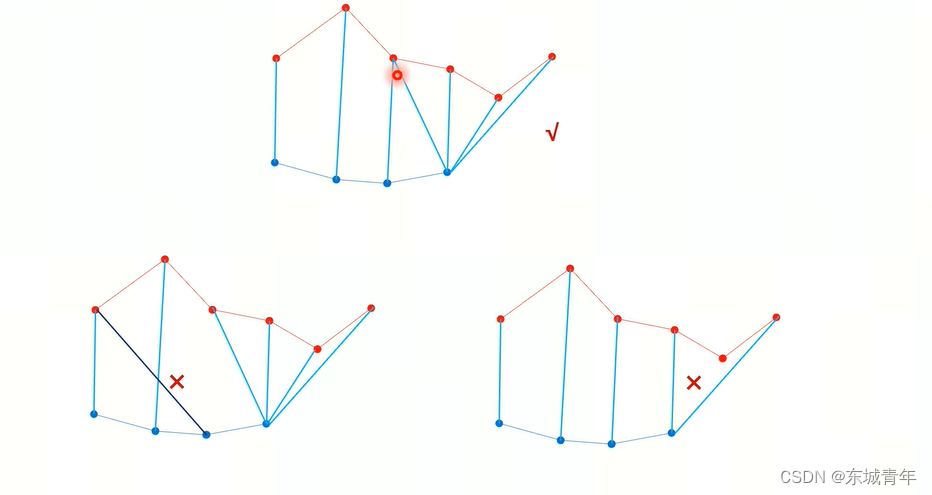


DTW代码实现
import numpy as np
def dis_abs(x, y):
return abs(x - y)[0]
def estimate_twf(A, B, dis_func=dis_abs):
N_A = len(A)
N_B = len(B)
D = np.zeros([N_A, N_B])
D[0, 0] = dis_func(A[0], B[0])
# 左边一列
for i in range(1, N_A):
D[i, 0] = D[i - 1, 0] + dis_func(A[i], B[0])
# 下边一行
for j in range(1, N_B):
D[0, j] = D[0, j-1] + dis_func(A[0], B[j])
# 中间部分
for i in range(1, N_A):
for j in range(1, N_B):
D[i, j] = dis_func(A[i], B[j]) + min(D[i-1, j], D[i, j-1], D[i-1][j-1])
# 路径回溯
i = N_A - 1
j = N_B - 1
cnt = 0
d = np.zeros(max(N_A, N_B) * 3)
path = []
while True:
if i > 0 and j > 0:
path.append((i, j))
m = min(D[i-1, j], D[i, j-1], D[i-1, j-1])
if m == D[i-1, j-1]:
d[cnt] = D[i,j] - D[i-1, j-1]
i -= 1
j -= 1
cnt += 1
elif m == D[i, j-1]:
d[cnt] = D[i,j] - D[i, j-1]
j -= 1
cnt += 1
elif m == D[i-1, j]:
d[cnt] = D[i,j] - D[i-1, j]
i -= 1
cnt += 1
elif i == 0 and j == 0:
path.append((i, j))
d[cnt] = D[i, j]
cnt += 1
break
elif i == 0:
path.append((i, j))
d[cnt] = D[i, j] - D[i, j-1]
j -= 1
cnt += 1
elif j == 0:
path.append((i, j))
d[cnt] = D[i, j] - D[i-1, j]
i -= 1
cnt += 1
mean = np.sum(d) / cnt
return mean, path[::-1], Da = np.array([1,3,4,9,8,2,1,5,7,3])
b = np.array([1,6,2,3,0,9,4,1,6,3])
a = a[:, np.newaxis]
b = b[:, np.newaxis]
dis, path, D = estimate_twf(a, b, dis_func=dis_abs)
print(dis, path, D)
>>:
1.0833333333333333
[(0, 0), (1, 1), (1, 2), (1, 3), (2, 4), (3, 5), (4, 5), (5, 6), (6, 7), (7, 8), (8, 8), (9, 9)]
[[ 0. 5. 6. 8. 9. 17. 20. 20. 25. 27.]
[ 2. 3. 4. 4. 7. 13. 14. 16. 19. 19.]
[ 5. 4. 5. 5. 8. 12. 12. 15. 17. 18.]
[13. 7. 11. 11. 14. 8. 13. 20. 18. 23.]
[20. 9. 13. 16. 19. 9. 12. 19. 20. 23.]
[21. 13. 9. 10. 12. 16. 11. 12. 16. 17.]
[21. 18. 10. 11. 11. 19. 14. 11. 16. 18.]
[25. 19. 13. 12. 16. 15. 15. 15. 12. 14.]
[31. 20. 18. 16. 19. 17. 18. 21. 13. 16.]
[33. 23. 19. 16. 19. 23. 18. 20. 16. 13.]]基于DTW算法的命令字识别
utils.py:
# -*- coding:UTF-8 -*-
import streamlit as st
import pyaudio
import wave
import librosa
import soundfile as sf
import numpy as np
import os
import time
# 采用MFCC特征使用mcd距离
def euclideanDistance(a, b):
diff = a - b
mcd = 10.0 / np.log(10) * np.sqrt(2.0 * np.sum(diff ** 2))
return mcd
# DTW算法匹配距离
class DTW:
def __init__(self, disFunc=euclideanDistance):
self.disFunc = disFunc
def compute_distance(self, reference, test):
DTW_matrix = np.empty([reference.shape[0], test.shape[0]])
DTW_matrix[:] = np.inf
DTW_matrix[0, 0] = 0
for i in range(reference.shape[0]):
for j in range(test.shape[0]):
cost = self.disFunc(reference[i, :], test[j, :])
r_index = i - 1
c_index = j - 1
if r_index < 0:
r_index = 0
if c_index < 0:
c_index = 0
DTW_matrix[i, j] = cost + min(DTW_matrix[r_index, j], DTW_matrix[i, c_index],
DTW_matrix[r_index, c_index])
return DTW_matrix[-1, -1] / (test.shape[0] + reference.shape[0])
# 语音录制
class wordRecorder:
def __init__(self, samplingFrequency=8000, threshold=20):
self.samplingFrequency = samplingFrequency
self.threshold = threshold
def record(self):
p = pyaudio.PyAudio()
stream = p.open(format=pyaudio.paInt16, channels=1, rate=self.samplingFrequency, input=True, output=False,
frames_per_buffer=1024)
frames = []
for i in range(int(self.samplingFrequency * 4 / 1024)):
data = stream.read(1024)
frames.append(data)
stream.stop_stream()
stream.close()
p.terminate()
return frames
def record2File(self, path):
frames = self.record()
p = pyaudio.PyAudio()
with wave.open(path, 'wb') as wf:
wf.setnchannels(1)
wf.setsampwidth(p.get_sample_size(pyaudio.paInt16))
wf.setframerate(self.samplingFrequency)
wf.writeframes(b''.join(frames))
print('record finished!')
# 提取mfcc特征
def getmfcc(audio, isfile=True):
if isfile:
# 读取音频文件
y, fs = librosa.load(audio, sr=8000)
else:
# 音频数据,需要去除静音
y = np.array(audio)
intervals = librosa.effects.split(y, top_db=20)
y = librosa.effects.remix(y, intervals)
# 预加重
y = librosa.effects.preemphasis(y)
fs = 8000
N_fft = 256
win_length = 256
hop_length = 128
n_mels = 23
n_mfcc = 14
# mfcc提取
mfcc = librosa.feature.mfcc(y=y, sr=fs, n_mfcc=n_mfcc, n_mels=n_mels, n_fft=N_fft, win_length=win_length,
hop_length=hop_length)
mfcc = mfcc[1:, :]
# 添加差分量
mfcc_deta = librosa.feature.delta(mfcc)
mfcc_deta2 = librosa.feature.delta(mfcc, order=2)
# 特征拼接
mfcc_d1_d2 = np.concatenate([mfcc, mfcc_deta, mfcc_deta2], axis=0)
return mfcc_d1_d2.T
# 指定文件夹下文件个数
def check_file(name):
os.makedirs('data', exist_ok=True)
save_dir = os.path.join('data', name)
os.makedirs(save_dir, exist_ok=True)
n_files = 0
for roots, dirs, files in os.walk(save_dir):
for file in files:
if file.endswith('.wav'):
n_files += 1
return n_files
@st.cache_resource # 防止重载
def model_load():
model1 = ModelHotWord(os.path.join('data', '向上'))
model2 = ModelHotWord(os.path.join('data', '向下'))
model3 = ModelHotWord(os.path.join('data', '向左'))
model4 = ModelHotWord(os.path.join('data', '向右'))
models = [model1, model2, model3, model4]
return models
class ModelHotWord(object):
def __init__(self, path):
self.mfccs = get_train_mfcc_list(path)
def get_score(self, ref_mfcc):
return get_score(ref_mfcc, self.mfccs)
def get_train_mfcc_list(data_path):
mfccs = []
for roots, dirs, files in os.walk(data_path):
for file in files:
if file.endswith('wav'):
file_audio = os.path.join(data_path, file)
mfcc = getmfcc(file_audio)
mfccs.append(mfcc)
return mfccs
def get_score(ref_mfcc, list_mfccs):
m_dtw = DTW()
N = len(list_mfccs)
scores = 0
for i in range(N):
dis = m_dtw.compute_distance(ref_mfcc, list_mfccs[i])
scores = scores + dis
return scores / NDTW.py:
# -*- coding:UTF-8 -*-
from utils import *
st.title('基于DTW算法的命令字识别')
tab1, tab2 = st.tabs(['音频录制', '识别演示'])
with tab1:
list_labs = ['向上', '向下', '向左', '向右']
col1, col2, col3, col4 = st.columns(4)
with col1:
name = st.selectbox('模型选择', list_labs)
with col2:
st.write('命令字录制')
flag_record = st.button(label='录音')
with col3:
st.write('命令字重录')
flag_cancel = st.button(label='撤销')
with col4:
st.write('试听')
flag_show_audios = st.button(label='试听')
info_file_number = st.empty()
info_file_number.write('命令字---%s--已有%d个样本'%(name, check_file(name)))
info_audios = st.empty()
info_success = st.empty()
if flag_record:
info_audios.info('')
info_success.success('')
n_files = check_file(name)
info_audios.info('开始录制---第%d个命令字---%s--请在2s内完成录制.....'%(n_files + 1, name))
save_dir = os.path.join('data', name)
audio_name = os.path.join(save_dir, '%d.wav'%(n_files + 1))
wRec = wordRecorder()
wRec.record2File(audio_name)
info_success.success('录制完成,保存为' + audio_name)
if flag_cancel:
n_files = check_file(name)
save_dir = os.path.join('data', name)
file_del = os.path.join(save_dir, str(n_files)+'.wav')
os.remove(file_del)
info_file_number.write('命令字--%s--已有%d个样本'%(name, check_file(name)))
if flag_show_audios:
n_files = check_file(name)
save_dir = os.path.join('data', name)
if n_files > 0:
for i in range(n_files):
audio_file = open(os.path.join(save_dir, '%d.wav'%(i+1)), 'rb')
audio_bytes = audio_file.read()
st.audio(audio_bytes, format='audio/')
with tab2:
th = 125
st.write('识别演示')
if 'run' not in st.session_state:
st.session_state['run'] = False
def start_listening():
st.session_state['run'] = True
def stop_listening():
st.session_state['run'] = False
col1, col2 = st.columns(2)
with col1:
st.button('开始检测', on_click=start_listening)
with col2:
st.button('停止检测', on_click=stop_listening)
det_word = st.empty()
def init_up():
det_word.write('向上')
def init_down():
det_word.write('向下')
def init_left():
det_word.write('向左')
def init_right():
det_word.write('向右')
callbacks = [init_up, init_down, init_left, init_right]
# 加载预测模型,提取好的一些mfcc特征
models = model_load()
dic_labs = {'0': '向上', '1': '向下', '2': '向左', '3': '向右', '-1': ''}
while st.session_state['run']: # 循环进行检测
wRec = wordRecorder()
wRec.record2File('data/test.wav')
ref_mfcc = getmfcc('data/test.wav', True)
# 在每个模型上进行打分,扎到最小分数作为检测结果
scores = [model.get_score(ref_mfcc) for model in models]
i_word = np.argmin(scores)
score = np.min(scores)
print(i_word, score)
if score < th:
i_det_word = i_word
callback = callbacks[i_det_word]
if callback is not None:
callback()
print('---------det word---------', dic_labs[str(i_det_word)])
else:
continue python命令行运行streamlit run DTW.py即会出现web网页ui,结果如下图所示:

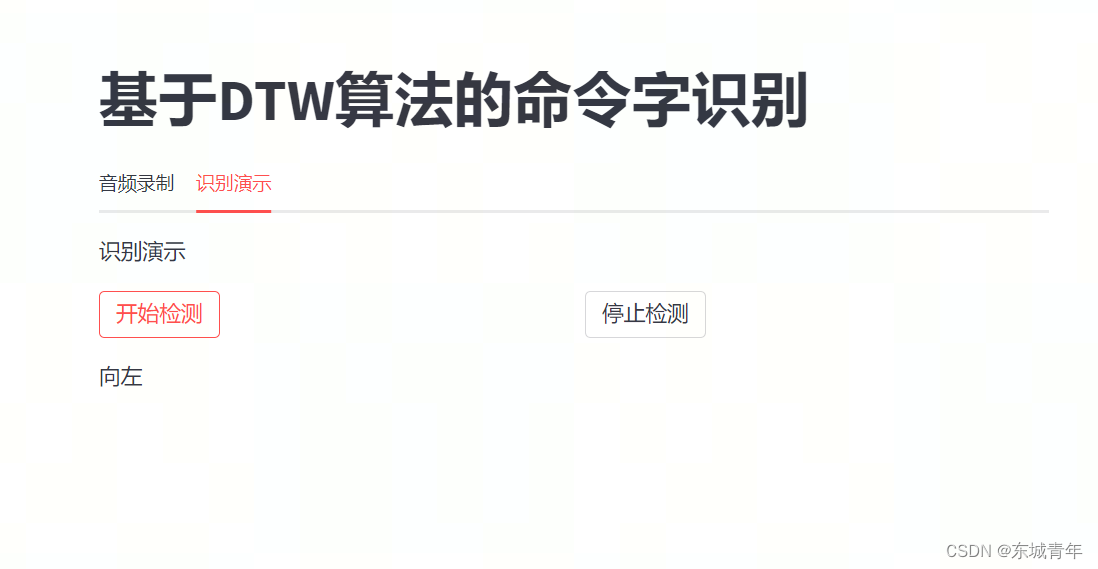
参考DTW关键字检测-代码实现_哔哩哔哩_bilibili


